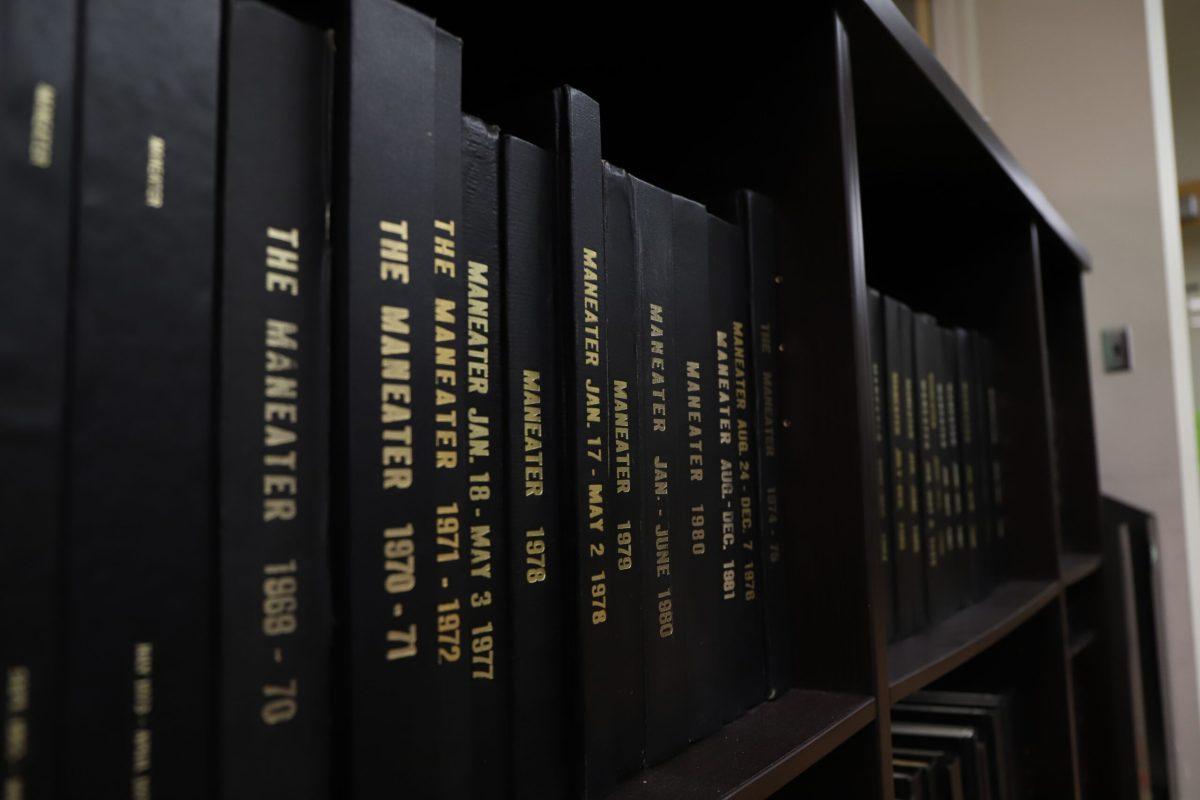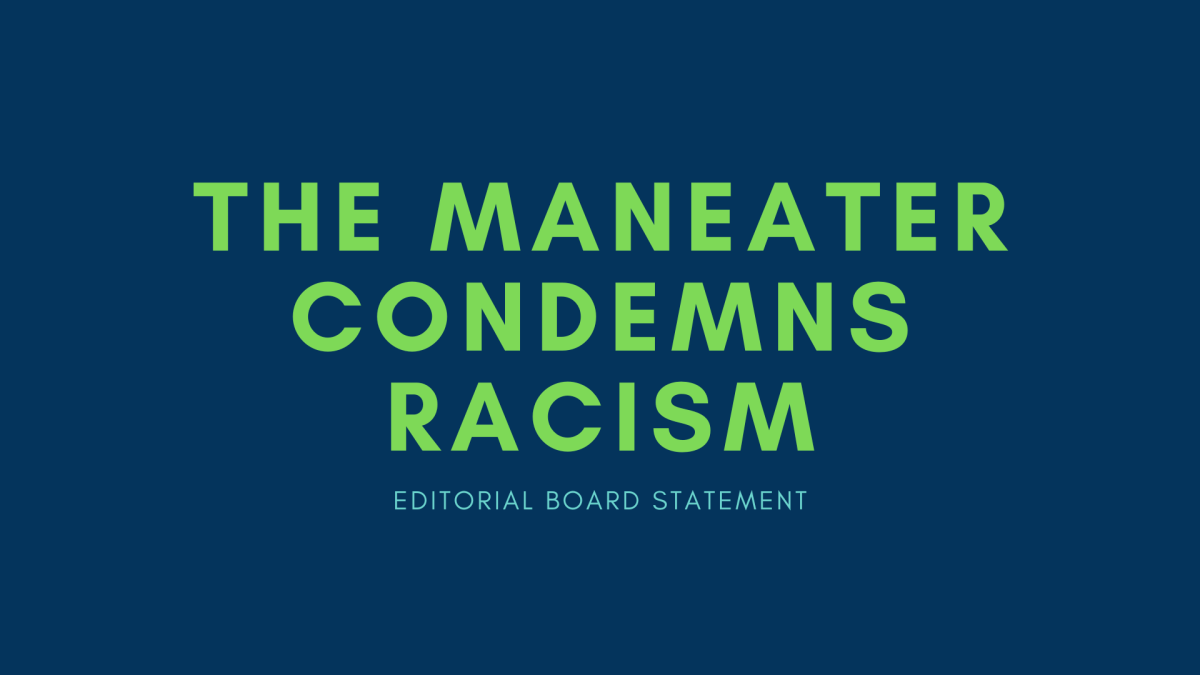Here at the Missouri School of Journalism, we have this thing called [the Missouri Method](https://www.themaneater.com/stories/2012/9/14/missourians-paywall-disgrace-missouri-method/). It’s essentially learning by doing in the Columbia Missourian’s newsroom.
But most of the time, the fruit of this method sits and rots behind a “time-meter pay model” (read: paywall).
In September 2012, the Missourian instituted (and we use that word lightly considering the number of problems it had getting it up and running) a “pay model” for its online content. Web visitors can only access stories 24 hours after they are first published. Past that date, readers must have a digital “membership” to view content, even if it’s their own.
The Missourian’s print edition is part of the student-fee-funded Mizzou Readership program. Roughly $11,000 in student fees go to The Missourian every nine months so that print copies can be made available on campus. At the beginning of the Fall 2013 semester, former MSA President Nick Droege approached the Missourian’s general manager, Dan Potter, asking that the online paywall be removed or face removal from this readership program.
Students shouldn’t have to pay to access their university’s paper, let alone their own work. The Missourian needs to remove its “one-of-a-kind pay model” completely or, at the very least, make online content more accessible to students.
To you, Missourian, we say: Tear down this (pay)wall.
Who benefits from this? We can’t even think of one reason why the paywall is necessary. The Missourian doesn’t even benefit from it.
Let us break it down for you: The Missourian has 823 digital subscribers. Of these, 175 are paid Missourian staff members (not student labor) who receive the subscription for free, and the general public makes up the other 648 subscribers. That 648 includes student Missourian staff members. Yes, the very creators of the content can’t access it for free. To adapt the Missourian’s own analogy, forcing students to purchase a digital subscription to view their own work is like making a student write their own textbook and then buy it, too.
But wait, there’s more. These online subscribers bring in roughly $40,000 annually. With annual expenditures as high as $1.6 million, revenues from the paywall make up only 2.5 percent of yearly expenses. In the words of Potter, “It isn’t a failure, but it’s not a huge success.”
Bottom line: It’s discouraging and obviously not a huge money-maker. When we go to view an archived Missourian article and hit the paywall, it makes us want to search elsewhere (or use a friend’s account).
There are many benefits to taking down the wall: a free flow of information, higher results in the search engine and an increase in readership. Missourian readership is on campus. Take the campus out of that equation, and the future becomes unsure.
After the first discussion with Droege, Potter took an entire semester to consider the request. When MSA approached The New York Times, it only took less than two months. Meeting dates and internal debate aside, the Missourian needs to communicate with MSA. It’s in the best interest of the students who pay for the readership program and Missourian readers.
We understand that calling for a full-on wall take-down is a bit extreme, especially since it seems to be a complicated monster. But there are ways to better serve the students while maintaining the wall.
The Missourian could try a system similar to the Columbia Tribune and The New York Times: 10 articles per month for free. Student accounts, similar to the deal between MSA and The New York Times that provide a 24-hour subscription, would be a way for students to have access when they need it. Even a master account for students, contracted through MSA of course, would be better than the current system.
Missourian, we ask you to fix the system instead of continuing with a roadblock that does little more than pay the monthly electric bill.
Plus, (humble brag) our web content is free.










